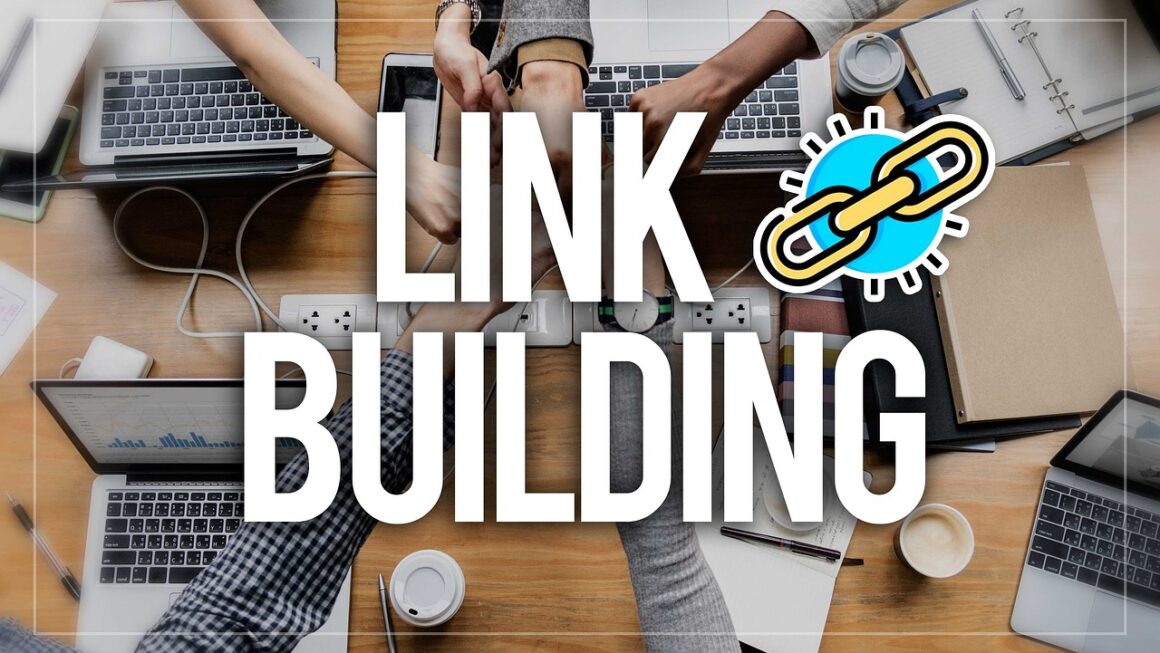AI-powered A/B testing is revolutionizing how marketers and businesses optimize their online presence. Imagine a world where A/B tests not only run faster and more efficiently, but also adapt in real-time to user behavior, predicting the best performing variations with remarkable accuracy. This is the promise of AI-driven A/B testing, and it’s quickly becoming a must-have tool for anyone looking to maximize conversions and improve user experience. Let’s dive into how it works and how you can leverage it for your own business.
Understanding Traditional A/B Testing and its Limitations
The Basics of A/B Testing
Traditional A/B testing, also known as split testing, involves comparing two versions of a webpage, app feature, or marketing campaign to see which performs better. You create a “control” (version A) and a “variation” (version B), and randomly split your audience between the two. Key metrics like conversion rate, click-through rate, or bounce rate are tracked to determine the winner.
Example: Testing two different headlines on a landing page. Version A: “Boost Your Sales Today!” Version B: “Get More Customers with Our Proven System.”
Limitations of Traditional A/B Testing
While effective, traditional A/B testing has limitations:
- Time-consuming: Gathering enough data to achieve statistical significance can take weeks or even months.
- Requires significant traffic: Low-traffic websites struggle to get meaningful results.
- Ignores user segmentation: Treats all visitors the same, ignoring that different user segments may prefer different variations.
- Static: Once the test is running, the allocation remains fixed, potentially wasting traffic on underperforming variations.
- Limited multivariate testing capabilities: Testing multiple elements simultaneously can become complex and require even more traffic.
The Power of AI in A/B Testing
How AI Enhances A/B Testing
Artificial intelligence addresses the limitations of traditional A/B testing by bringing predictive capabilities and real-time optimization into the mix. AI algorithms, particularly machine learning, can analyze user behavior, identify patterns, and dynamically adjust the distribution of traffic to the most promising variations.
- Faster Results: AI algorithms can predict the winning variation much faster than traditional statistical methods, significantly reducing the test duration.
- Personalized Experiences: AI can segment users based on various attributes (demographics, browsing history, behavior) and serve them the variation most likely to resonate with them.
- Dynamic Traffic Allocation: AI continually monitors the performance of each variation and automatically shifts more traffic to the better performing ones.
- Multivariate Testing Made Easier: AI can handle complex multivariate tests with numerous elements, identifying the optimal combinations quickly and efficiently.
Key AI Techniques Used in A/B Testing
Several AI techniques are used to enhance A/B testing, including:
- Machine Learning (ML): ML algorithms learn from data and make predictions about user behavior.
- Reinforcement Learning (RL): RL algorithms learn by trial and error, continually optimizing the test based on feedback.
- Bayesian Optimization: Bayesian methods use prior knowledge and observed data to efficiently find the best-performing variation.
Practical Applications of AI A/B Testing
Website Optimization
AI can be used to optimize various elements of a website, including:
- Headlines and Copy: Testing different headlines and website copy to improve engagement and conversion rates.
Example: An e-commerce site using AI to test different product descriptions, highlighting specific features based on user browsing history.
- Call-to-Action (CTA) Buttons: Optimizing the color, text, and placement of CTA buttons to increase click-through rates.
Example: A SaaS company using AI to determine the optimal CTA button copy (e.g., “Start Free Trial” vs. “Get Started Now”) for different user segments.
- Page Layout and Design: Testing different page layouts and design elements to improve user experience and navigation.
Example: A news website using AI to test different placements of articles and advertisements to maximize user engagement and revenue.
Email Marketing Optimization
AI can significantly improve email marketing performance by optimizing:
- Subject Lines: Testing different subject lines to increase open rates.
Example: An email marketing campaign using AI to test subject lines like “Limited Time Offer” vs. “Exclusive Discount for You” for different customer segments.
- Email Content: Optimizing the content and layout of emails to improve click-through rates and conversions.
Example: An e-commerce company using AI to personalize product recommendations and email content based on past purchase history.
- Send Times: Determining the optimal send times for different users to maximize engagement.
Example: A marketing automation platform using AI to learn the best time to send emails to each user based on their past behavior.
Real-World Examples and Case Studies
Several companies have reported significant improvements using AI-powered A/B testing:
- Increased Conversion Rates: Companies using AI to personalize website content have seen conversion rates increase by 10-30%.
- Faster Experimentation: AI can reduce the time required to run A/B tests by up to 80%.
- Improved ROI: AI-driven optimization can lead to significant improvements in return on investment for marketing campaigns.
Implementing AI A/B Testing: Tools and Best Practices
Choosing the Right AI A/B Testing Tool
Several AI-powered A/B testing tools are available, each with its own strengths and weaknesses. Consider factors like:
- Features: Does the tool offer personalized experiences, dynamic traffic allocation, and multivariate testing capabilities?
- Integration: Does the tool integrate seamlessly with your existing marketing stack?
- Ease of Use: Is the tool user-friendly and easy to learn?
- Pricing: Does the tool offer a pricing plan that fits your budget?
Some popular AI A/B testing tools include:
- Optimizely: Offers AI-powered personalization and dynamic traffic allocation.
- AB Tasty: Provides AI-driven recommendations and multivariate testing.
- VWO: Offers AI-powered insights and smart testing capabilities.
- Google Optimize (with limitations in AI): Provides basic A/B testing functionality and integrates with Google Analytics.
Best Practices for AI A/B Testing
- Define Clear Goals: Establish specific and measurable goals for each test.
- Segment Your Audience: Identify key user segments and personalize experiences accordingly.
- Start Small: Begin with simple tests and gradually increase complexity.
- Monitor Results Closely: Track key metrics and adjust your strategy as needed.
- Continuously Iterate: A/B testing is an ongoing process, so continue to experiment and optimize your website and marketing campaigns.
The Future of AI and A/B Testing
Emerging Trends
The future of AI A/B testing is bright, with several emerging trends:
- Hyper-Personalization: AI will enable even more personalized experiences, tailoring content and offers to individual users in real-time.
- Predictive Analytics: AI will become even better at predicting user behavior and identifying the most promising variations.
- Automated Optimization: AI will automate more of the A/B testing process, freeing up marketers to focus on strategy and creativity.
- Integration with Other AI Technologies: AI A/B testing will increasingly be integrated with other AI technologies, such as chatbots and virtual assistants, to create more seamless and personalized customer experiences.
Preparing for the AI-Driven Future
To prepare for the future of AI A/B testing, marketers and businesses should:
- Invest in AI Education: Learn about the latest AI technologies and how they can be applied to marketing.
- Experiment with AI Tools: Try out different AI A/B testing tools and find the ones that work best for your business.
- Develop a Data-Driven Culture: Make data-driven decisions and continuously monitor the results of your experiments.
- Embrace Change: Be willing to adapt your marketing strategies as AI technology evolves.
Conclusion
AI A/B testing is not just a trend; it’s a fundamental shift in how we optimize online experiences. By leveraging the power of artificial intelligence, businesses can achieve faster results, personalize experiences, and improve ROI. While traditional A/B testing still holds value, the addition of AI takes optimization to the next level. By understanding the core concepts, implementing the right tools, and following best practices, you can harness the power of AI to unlock new levels of success for your business. The future of optimization is intelligent, and it’s time to embrace it.




